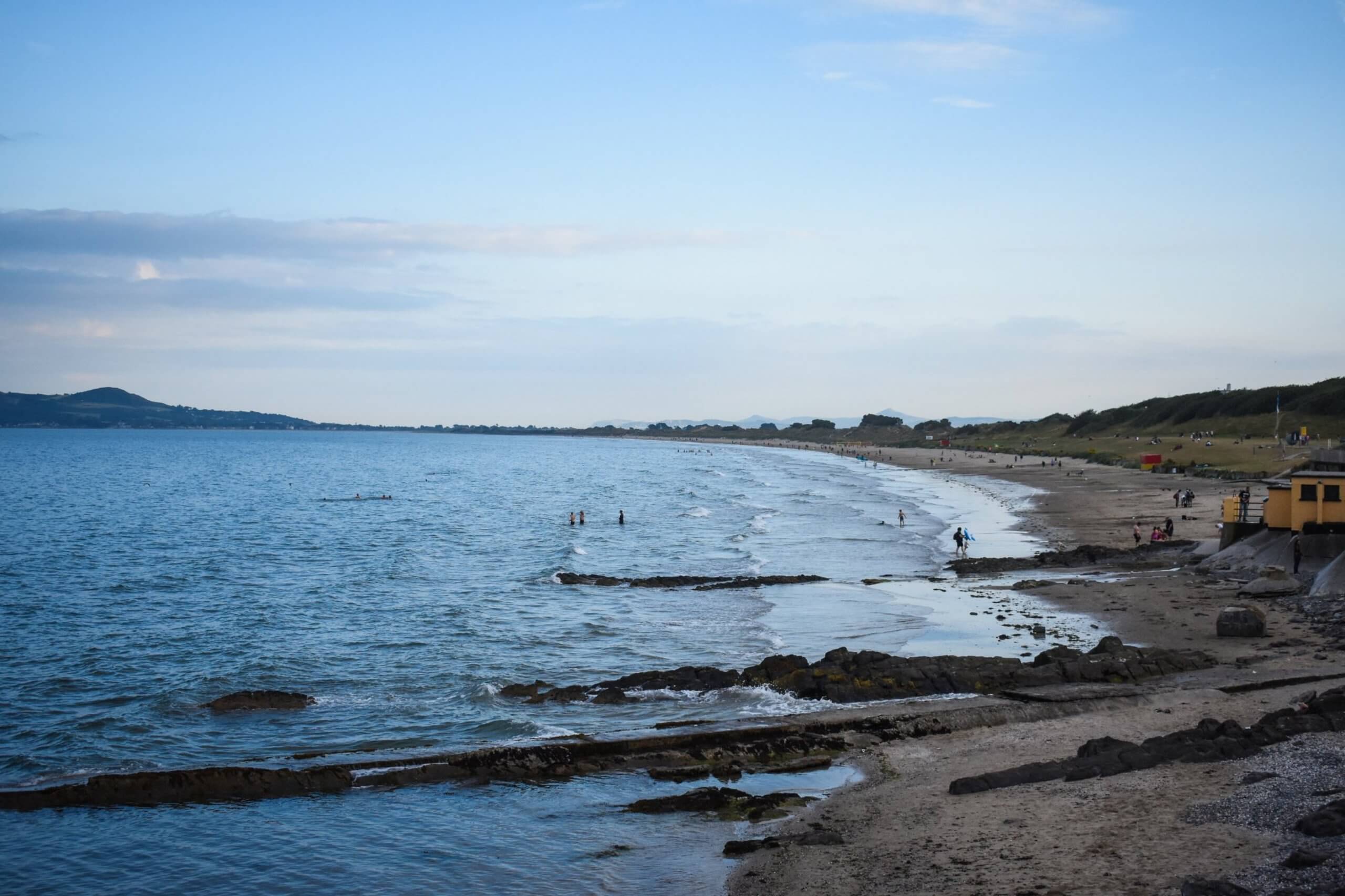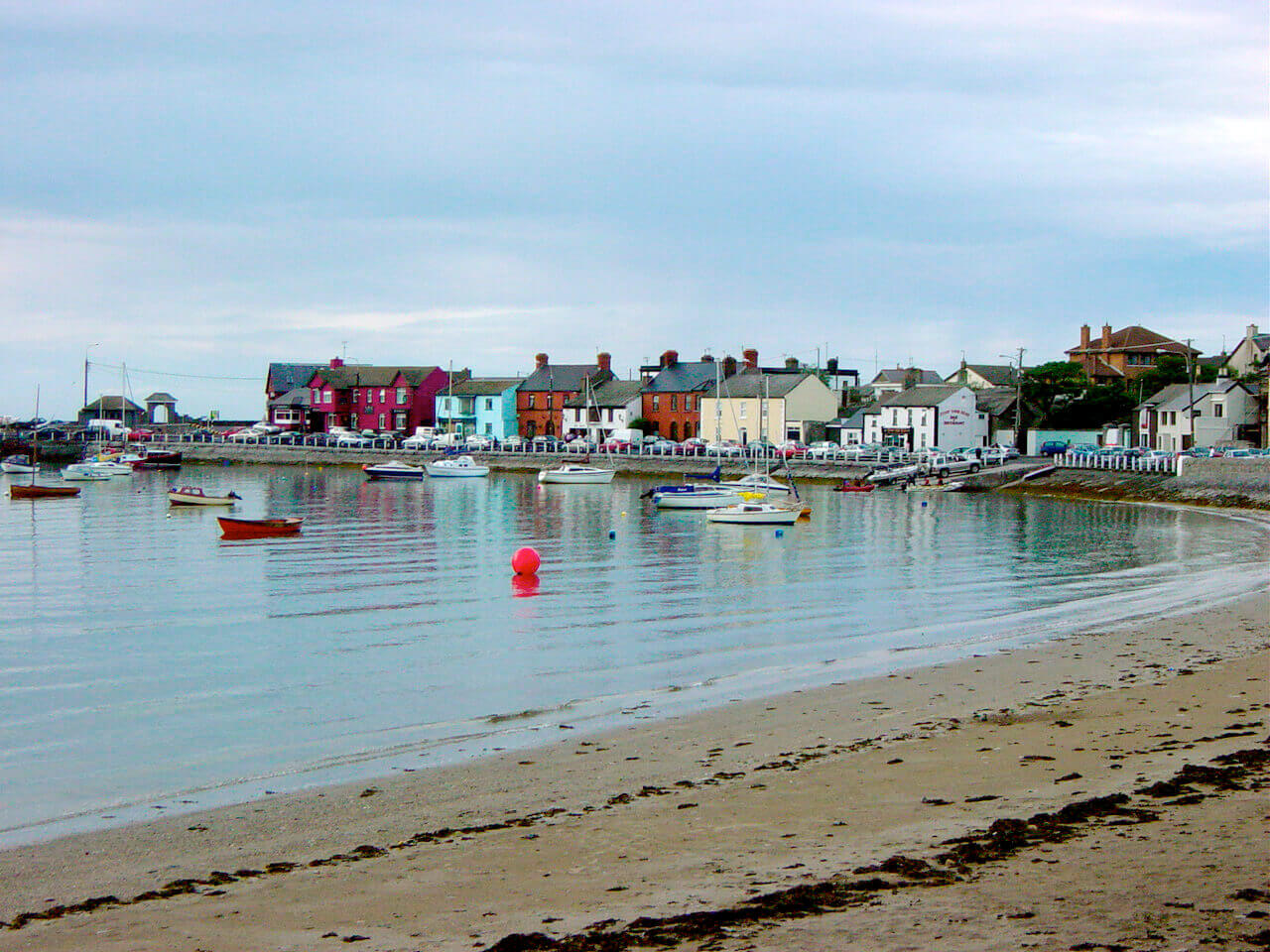Overview
The idea of a bike tour of Ireland started in 2016, during my first visit to this country surprising by its culture, its population, its breathtaking landscapes. There is so much to see between its big cities like Dublin and Cork, its seaside, its green and undulating hills, the famous Lake of Connemara region, its peaceful roads far from the main roads and traffic. Ireland is truly a country for cyclists, even if at first glance it is not flat at all. The country remains very accessible to large numbers, even for beginners.
Preparing my route on my GPS was not always easy. It was necessary to make choices not to exceed the two weeks which was one of my departure conditions. I hesitated for a long time to leave Dublin, but it’s still the easiest when you arrive by plane with your bike and your luggage. So this itinerary starts from Dublin and comes back to the same place. It does not take the roads of Northern Ireland, in the Ulster region with Belfast, its capital.
The temperature in Ireland varies between 15 and 20 degrees Celsius during the summer with the pleasant surprise of a few beautiful days when the sun shines. Legend has it that Scotland is said to be a rainy country, but I can confirm that Ireland is not much better. Take care to take all the equipment to ride in the rain, even in summer. On the bike, in motion, there is no risk to get cold, but when stopping to take pictures, remember to put your jacket back on.
September is a good month, certainly not as pleasant as the high summer, but tourists are less frequent, which makes it easier to find room in accommodations and other B&B.
In the countryside, it is rare to find villages with well-stocked stores. Remember to stock up on provisions between two stops. The quality of food in Ireland is excellent. There are hostels that serve the traditional British breakfast, with eggs, bacon, sausages, beans and the famous Irish black pudding that I advise you to taste at least once during your stay. If you can bear to eat copiously in the morning before getting on your metal steed, I can guarantee that you will last until noon, and even beyond. I don’t count the days I ate in the morning before leaving, then nothing until the finish of the ride, except for a few dried fruits and water, of course.
Leaving Dublin
The departure was on a Sunday. The traffic is quieter. You have to get used to ride on the left, even on a bike. I told myself that it was necessary to find a place a little bit out of the city center and not too difficult. I opted for the Drumcondra district which gives a relatively easy access to the coastal roads going north. I also wanted to find a small hotel where I could leave my bike bag behind and have the place to get ready, somewhere else than on the sidewalk. I left from the Maples House.
The first few miles, through Fairview Park. Traffic is almost zero for a Sunday morning. It gives me a chance to review my English traffic regulations.
I followed the estuary of the Tolka River for about 10 km, before branching off to the north.
Portmarnock
The bicycle path continues further north along the Baldoyle Estuary Nature Reserve. At 15km, we arrive in the first village after the big city, Portmarnock. The weather is cloudy, but the sun is shining. The seaside is refreshing after the first hours of stress. It is beautiful.
Malahide
The road continues and we reach the village of Malahide and its castle. In reality, Ireland is the country of castles. They are everywhere. One would think that all the villages of the past had its lord.
Skerries
The road becomes more complicated and denser. I prefer to go a little inland to take the small cross roads. Passing through Sword, Ballyboughal and return to the seaside by Rush. The coast is really pleasant to ride. We have time to admire the birds and the waves, the brave swimmers (yes, yes…even in September). The village of Skerries at the feet of the water. The color of the buildings is daring but it gives cheerfulness.
Bru Na Boinne
We then cross Ballbriggan before heading to Drogheda, the final destination of this first day. But before that, a detour is necessary by the megalithic site of Bru Na Boinne.
The site is a vast necropolis, perhaps the best preserved in Europe. It is a thousand years older than Stonehenge. It was the last resting place of nobles and kings, as well as of those whose social rank was important in the past society. The tombs were the most spacious constructions ever built by man, four thousand years before the first castles. Vegetation gradually covered the tombs. They suffered from looters and other treasure hunters, but the legacy left behind is well worth a visit.
The day ends. Direction Drogheda to look for an establishment where to spend the night and especially to taste a good well deserved beer.


















